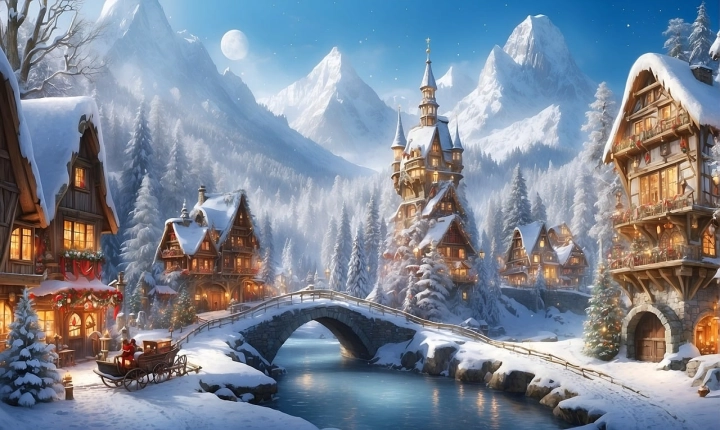Artificial Intelligence (AI) is a powerful tool that has revolutionized many industries, including the art world. With its ability to analyze vast amounts of data, generate original content, and even imitate the style of famous artists, AI has become a hot topic in the art community. However, this technological advancement has also sparked a debate about ownership and originality in the context of AI-generated art. The question arises: can AI produce stolen art?
AI-generated art raises complex legal and ethical considerations, particularly when it comes to the question of intellectual property. Traditional artworks are protected by copyright laws, which grant artists exclusive rights to reproduce, distribute, and display their creations. However, when AI creates art, the lines of ownership become blurred. If an AI system is fed data from existing artworks and instructed to produce new pieces based on this information, who owns the resulting artworks? Is it the original artist, the creator of the AI system, or even the AI itself?
This issue was brought to the forefront in 2018 when a portrait generated by an AI program sold at an auction for a significant sum of money. The debate intensified as the artist who created the AI program claimed ownership of the artwork, while critics argued that the piece was merely a product of the AI’s algorithms and data inputs. This case highlighted the need for clarity in the legal framework surrounding AI-generated art, as well as the need to establish guidelines for determining ownership and protecting original artists’ rights.
Furthermore, the lack of artistic intent and human emotion in AI-generated art raises questions about the authenticity and cultural value of such pieces. While AI can mimic the style of famous artists or generate aesthetically pleasing images, it lacks the lived experiences, emotions, and stories that often imbue traditional artworks with depth and meaning. This has led some to argue that AI-generated art cannot truly be classified as “stolen” because it lacks the genuine human expression that is integral to authentic artistic creation.
In response to these challenges, some organizations and legal experts have called for the development of AI-specific copyright laws and regulations. These measures could establish a framework for defining ownership of AI-generated art, protecting the rights of original artists, and assigning responsibility for the actions of AI systems. Additionally, efforts to educate and engage the art community in discussions about AI-generated art can help foster a greater understanding of the ethical and legal implications of this emerging trend.
Ultimately, the debate over whether AI can produce stolen art reflects the need for a thoughtful and nuanced approach to the intersection of technology and creativity. As AI continues to evolve and reshape the art world, it is crucial for stakeholders to collaborate in addressing the complex issues surrounding ownership, originality, and cultural significance in the context of AI-generated art. By doing so, the art community can navigate the challenges posed by AI while embracing the potential for innovation and new forms of artistic expression.
